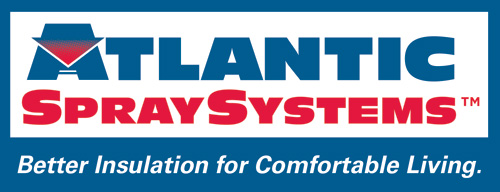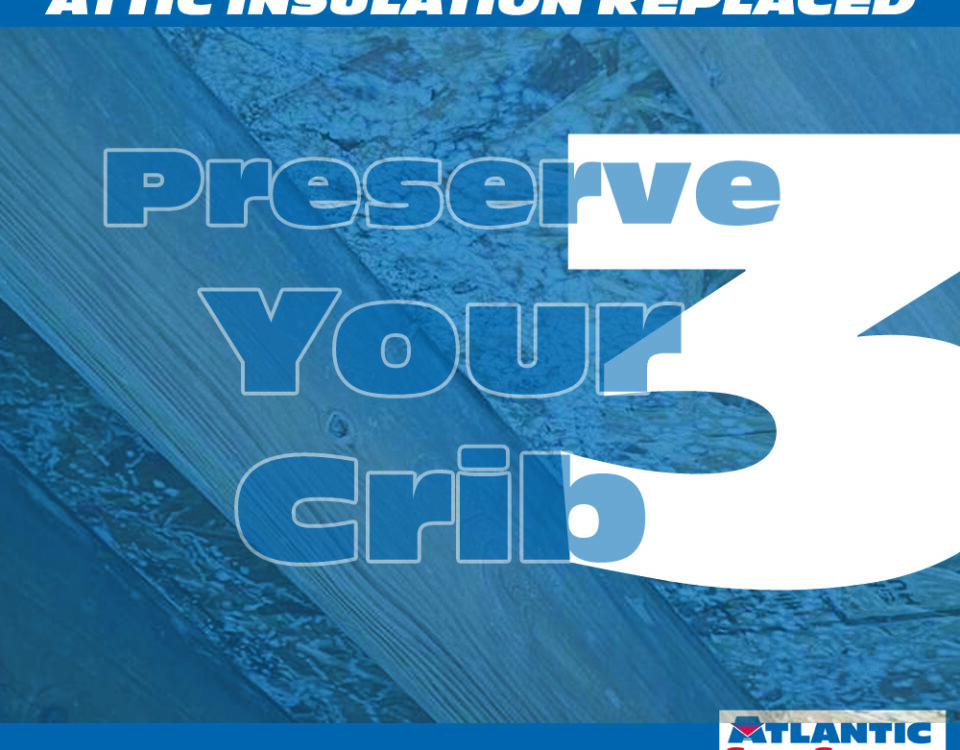DID YOU KNOW: Getting Technical- Some Details to Make Sure are Covered with Your Basement Encapsulation, Technically Speaking

Top 8 Reasons to Replace Your Old Attic Insulation: Breathe Easy
January 15, 2025
FOAMY ASKS A QUESTION: What’s an R-Value??
February 19, 2025
As we wrap up our Did You Know series, we wanted to point out some of the more technically involved elements of basement encapsulation- mainly as a way to ensure that no matter how you get your done, you avoid the ‘gotchas’ that can render even the most expensive basement encapsulation job worthless or at least compromised…..here goes!!
A Dehumidifier is a Huge Help
Crawl or basement encapsulation is good for those with or without duct work in the crawl in our region, and is beneficial primarily for preventing moisture related issues because of Virginia’s excessively humid climate and rainy autumn and winter. It’s impact is going to be especially pronounced when a dehumidifier is installed along with the system. It’s a common misconception that simply conditioning the space will resolve any moisture that could accumulate in the air….technically speaking, it won’t.
You’ll feel a boost in heat and a drop in heat bills in the winter if you have ductwork in your crawl
Crawls that do have duct work get an added benefit of warmer floors in the colder months, because when encapsulation is done properly, that space should technically be partially conditioned with the ductwork that’s under there. But in the warmer months, cold ductwork will often have warm ambient air condense on them….which is again why dehumidifiers represent the ‘last mile’ in crawl or basement moisture control.
Foam, not Fiberglass!
One aspect of a encapsulated crawl that is often overlooked is the need for air-impermeable insulation at the perimeter band joists….in layman’s terms, it technically needs to be foam. The reason for this is that moisture will accumulate in these areas since that surface will be cold in the colder months, and the warm air in the crawl will easily pass through a typical fiberglass batt and condense on the cold surface….this will often happen without you even knowing until it’s too late.
The reason a lot of companies use fiberglass batts is simply because it’s cheaper and they do not have access to spray foam equipment…this is mainly pest control companies that will steer the customer in that direction.
The Insulation needs to go up pretty high
Another fact regarding conditioned crawls…. technically installers need to leave a 2″ strip of block exposed at the top of the wall along with the face of the sill plate to meet the universal building code and to be code compliant. Pest control companies will say not to insulate the crawl walls or will leave 12″ of insulation off at the bottom and top…that’s just their preference, it’s not based on insulation science and its not helping you with your energy consumption or moisture control.
If you have an open combustion gas furnace in the basement or crawl, do NOT encapsulate….UNLESS….
Also, if you have an open combustion gas furnace in the crawl area, an encapsulation is not recommended, however if you have a sealed combustion high efficiency gas furnace in the space that has the intake and exhaust vented to the outside with PVC, then speaking technically, it is fine to encapsulate and meets all code requirements.
Conclusion
Hopefully our series has helped you learn more about crawlspaces, what factors create problems in them, and how basement or crawl encapsulation can mitigate or even eliminate those issues. But sending just anyone under your house to take care of it is not always the best solution and can do more harm than good if they aren’t professionals in the insulation and encapsulation business!
Obviously we have spent almost two decades not only performing this type of work, but taking the time to keep up with the most technically updated practices and advancements in the industry to maximize the effectiveness and longevity of your encapsulation. So call us! We can take a look at your crawlspace and give you a straightforward evaluation of your existing situation and if it might be helped with an update to the most modern technologies in basement and crawl environmental management. Just Fill out this form, or Call us to set up your visit today!




